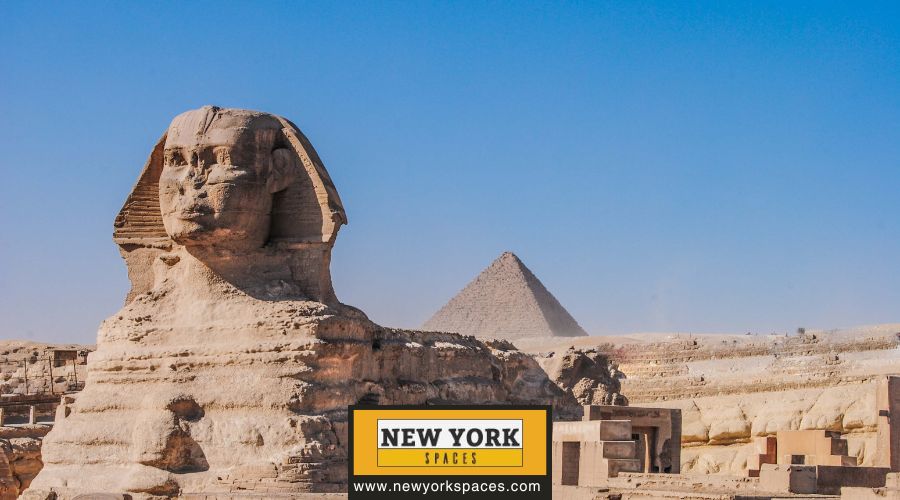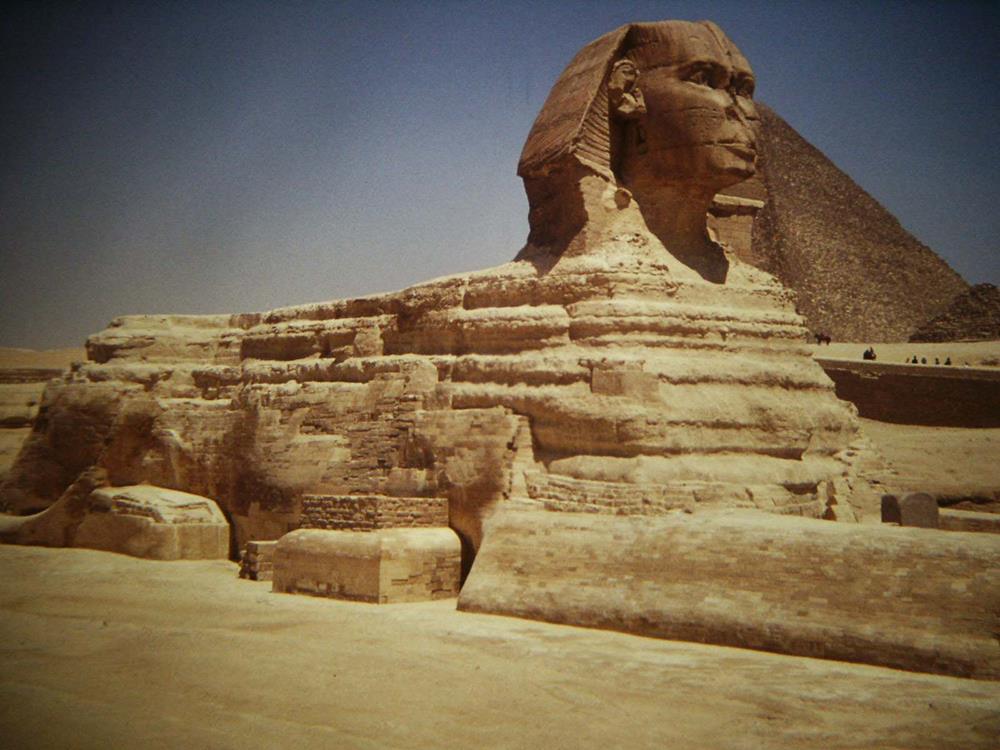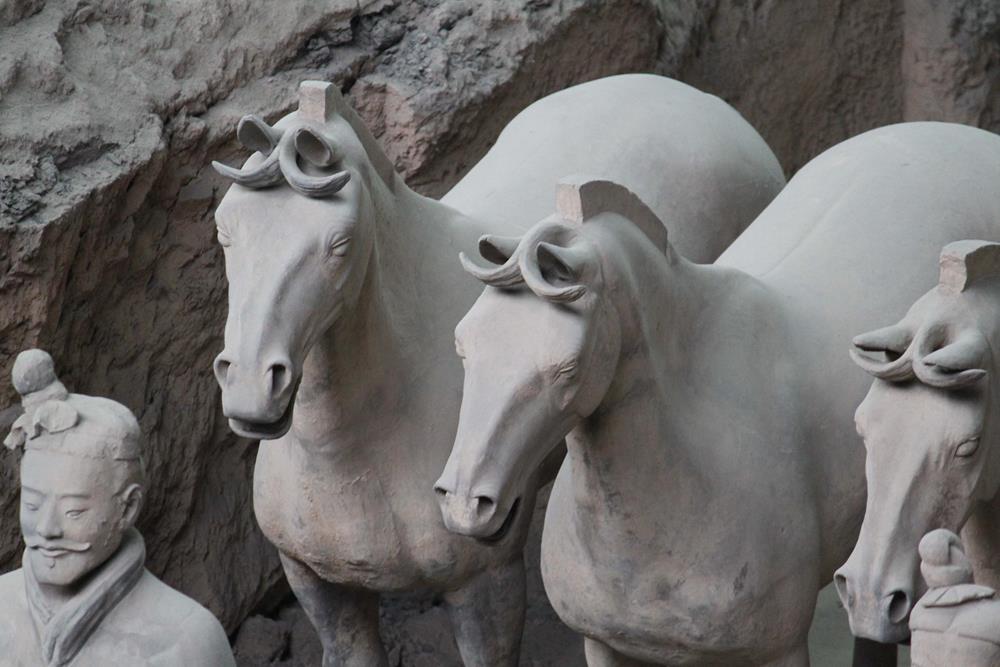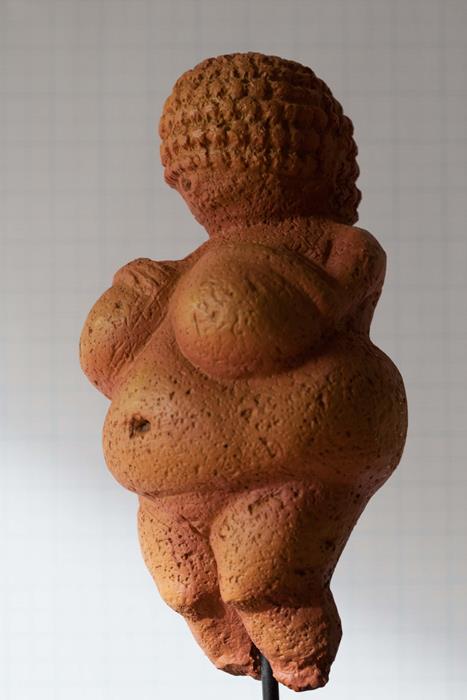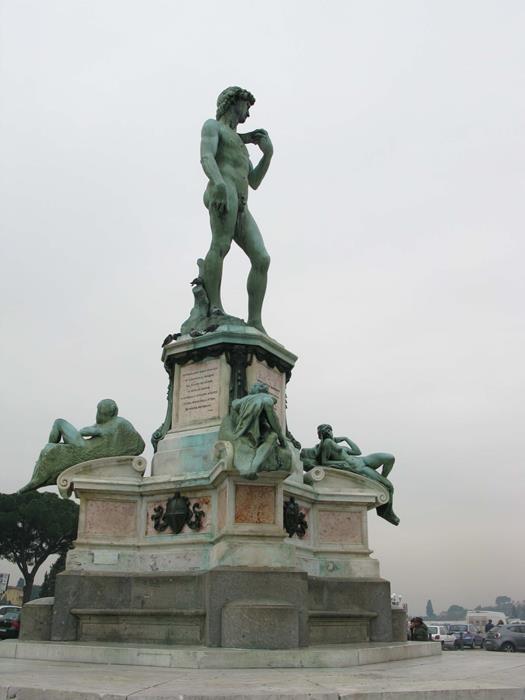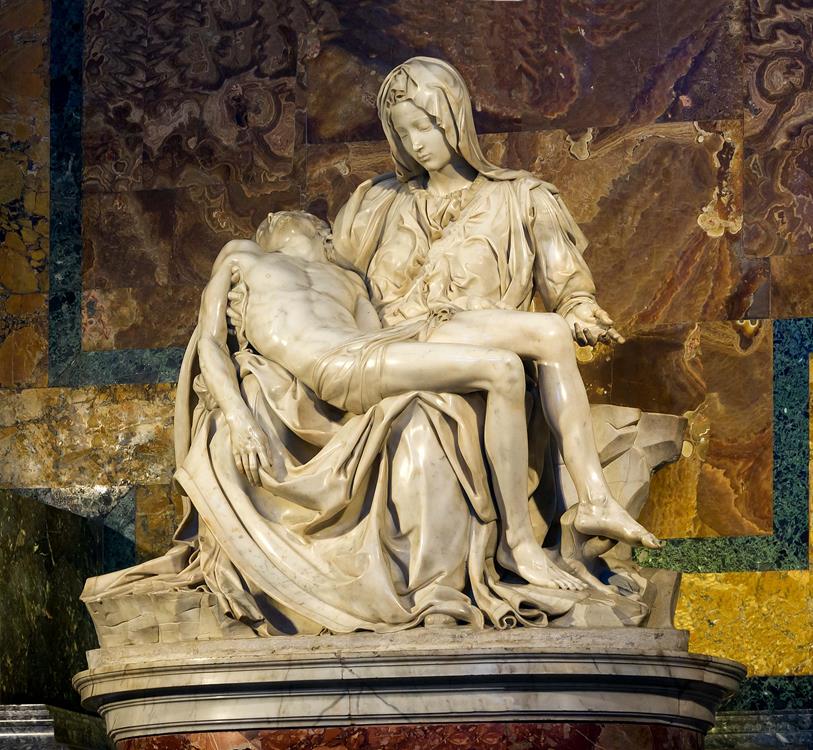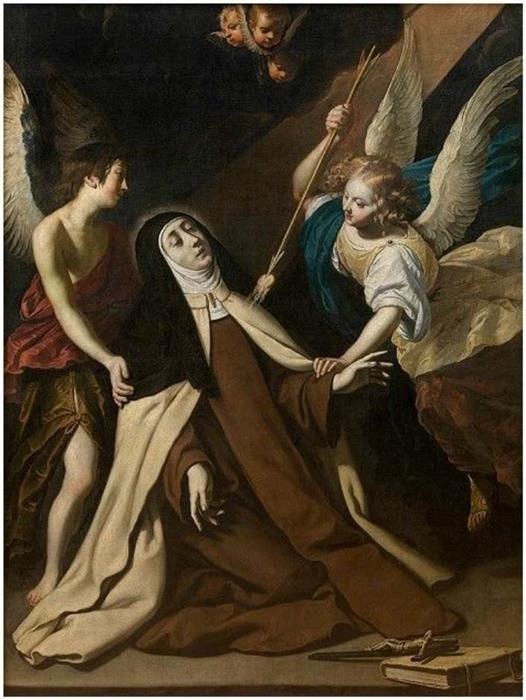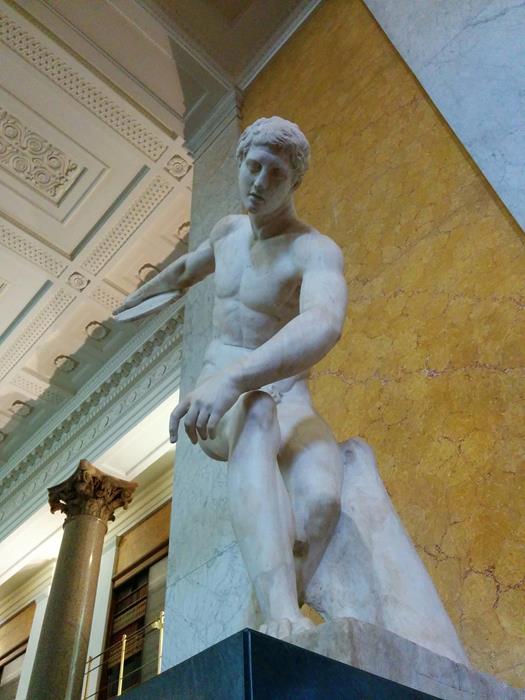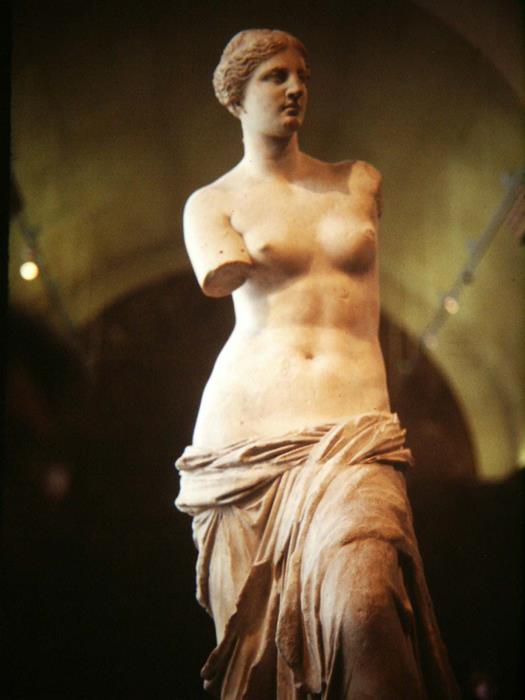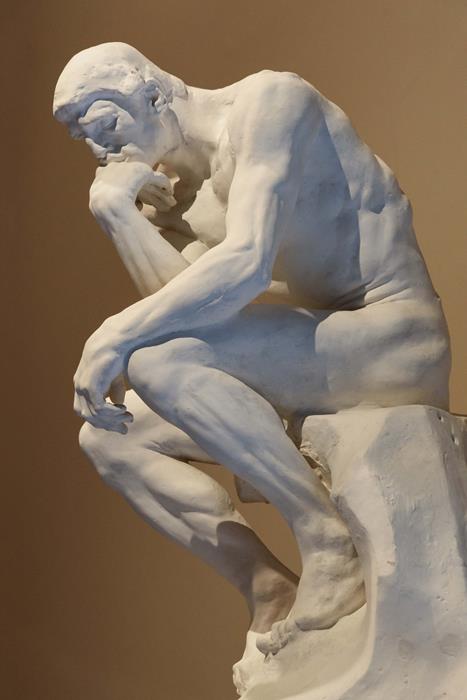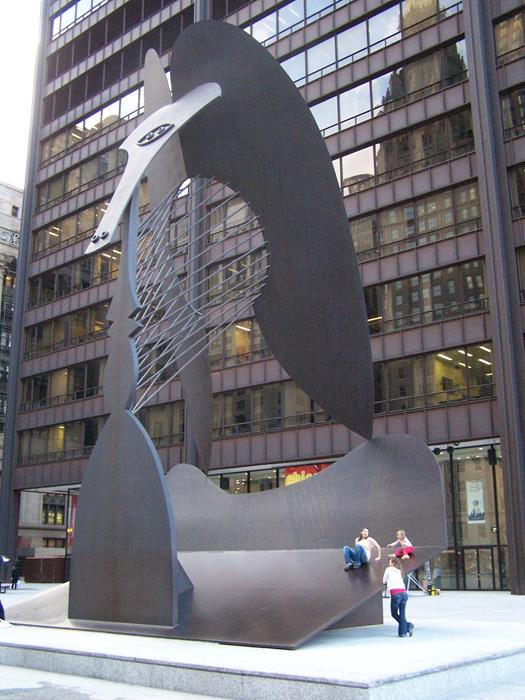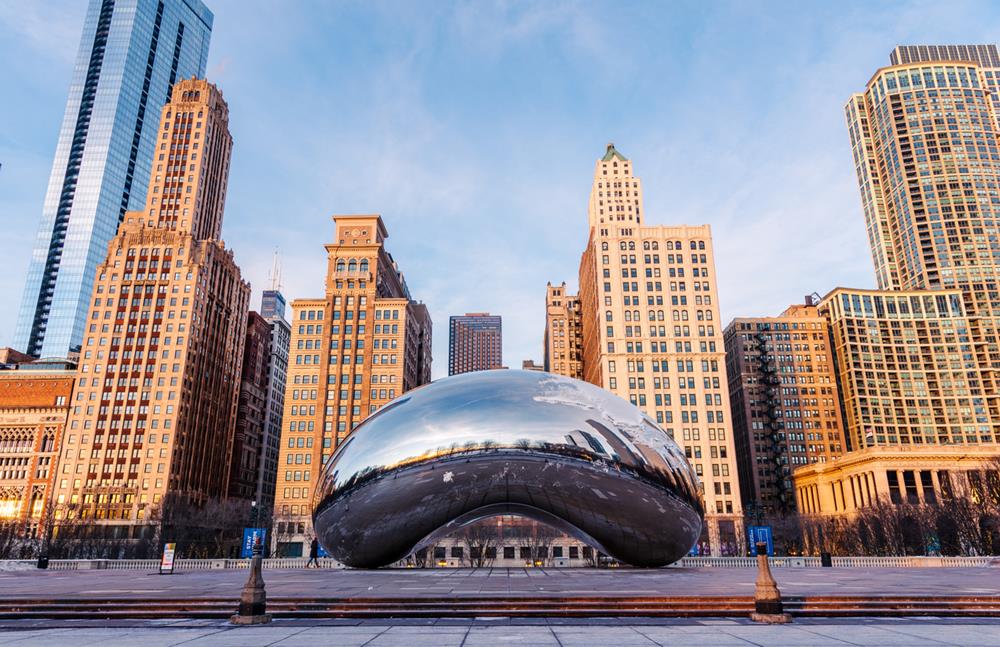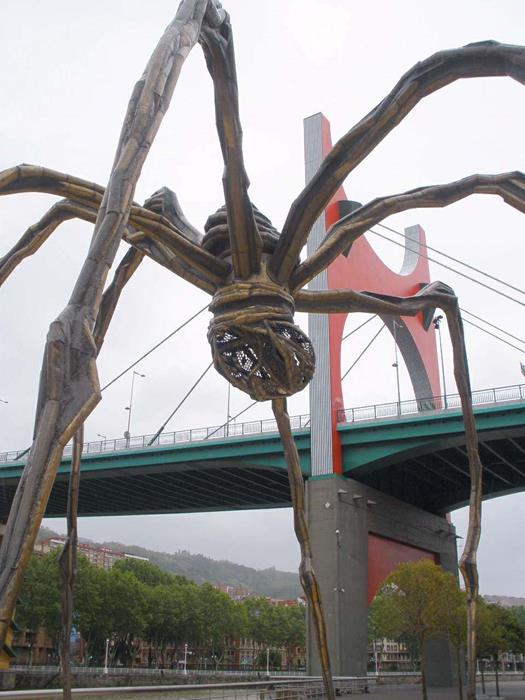As an art form, sculpture has been a medium of human expression and creativity since the dawn of civilization. It transcends mere decoration, serving as a testament to the times’ cultural, religious, and social values. The world’s most famous sculptures, selected based on historical importance, artistic merit, and global recognition, are more than stone, metal, or clay.
They embody human emotion, intellect, and the incessant quest for beauty and understanding. This post embarks on a journey through time, exploring sculptures that have left an indelible mark on humanity.
The Evolution of Sculpture
Sculpture has been a form of human expression for as long as history, reflecting the complexities of human culture, religion, and aesthetics. This art form has traversed a vast journey from the ancient world’s rudimentary figures to the modern era’s abstract expressions.
Throughout this evolution, sculpture has showcased a remarkable diversity in style, material, and technique, influenced by the changing tastes, technologies, and philosophies of different cultures and epochs.
Iconic Sculptures From Ancient Civilizations
Iconic sculptures from ancient civilizations are monumental testaments to early societies’ artistic achievements and cultural depths. These timeless creations showcase their makers’ technical skill and creative vision and offer invaluable insights into the spiritual and societal values of the eras they represent.
The Great Sphinx of Giza (Egypt)
A marvel of ancient Egyptian architecture, the Great Sphinx of Giza is the oldest monumental sculpture in the world. Carved from a single block of limestone, the Sphinx, with its lion’s body and human head, represents the might of the pharaohs and the wisdom of their civilization. This colossal statue, guarding the Giza plateau, symbolizes mystery and ancient Egyptian ingenuity.
The Terracotta Army (China)
Discovered in 1974 near Xi’an, the Terracotta Army is a vast collection of terracotta sculptures depicting the armies of Qin Shi Huang, the first Emperor of China. This monumental group of figures, ranging from soldiers to horses and chariots, was buried with the emperor in the afterlife in 210–209 BCE to protect him. Each figure is unique, showcasing ancient Chinese society’s extraordinary craftsmanship and advanced organizational skills.
The Venus of Willendorf (Europe)
Dating back to 28,000 and 25,000 BCE, the Venus of Willendorf is a small Paleolithic statuette discovered in Austria. This limestone figure, characterized by its exaggerated female forms, is believed to be a fertility idol or a representation of a mother goddess. Its small size suggests it may have been used in personal worship or carried as a talisman by nomadic tribes.
Renaissance Masterpieces
The Renaissance period, a time of rebirth in arts and sciences, witnessed the creation of some of the most extraordinary sculptures in human history. These masterpieces, characterized by an unprecedented emphasis on realism, humanism, and individual expression, marked a profound departure from past styles and laid the groundwork for modern art.
Michelangelos David (Italy)
Created between 1501 and 1504, Michelangelo’s David is a masterpiece of Renaissance sculpture that embodies the beauty of the human form and the spirit of the era. Standing over 14 feet tall, this marble statue depicts the biblical hero David, symbolizing the defense of civil liberties of the Florentine Republic. Michelangelos ability to capture the tension and vigor in David’s pose marked a significant departure from earlier statues and heralded a new era in art.
The Pieta by Michelangelo (Italy)
Another of Michelangelo’s masterpieces, the Pieta, was sculpted before he turned 25. It depicts the Virgin Mary holding the dead body of Jesus Christ after his crucifixion. Carved from a single block of marble, this work is renowned for its delicate portrayal of the figures’ expressions and the intricate detailing of their drapery. The Pieta is a profound expression of sorrow and compassion, unmatched in its emotional depth.
The Statue of Zeus at Olympia (Greece, now lost)
One of the Seven Wonders of the Ancient World, the Statue of Zeus at Olympia was a colossal ivory and gold figure created by the sculptor Phidias around 435 BCE. Although the statue itself is lost, ancient texts describe it as a symbol of the power and majesty of the king of the gods, seated on a grand throne in the Temple of Zeus. This masterpiece is a testament to ancient Greece’s artistic and technical achievements and its enduring legacy in the history of sculpture.
Baroque to Neoclassical Sculptures
The period from the Baroque to the Neoclassical eras in art history witnessed a dramatic evolution in sculpture, marked by intense emotional expression and a return to classical ideals. This era produced works that were both a departure from and a homage to the past, blending dynamic movement and intricate details with themes of beauty, heroism, and humanism.
Ecstasy of Saint Teresa by Gian Lorenzo Bernini (Italy)
Gian Lorenzo Bernini’s Ecstasy of Saint Teresa represents the pinnacle of Baroque sculpture with its vivid portrayal of spiritual rapture. Carved in marble between 1647 and 1652, this masterpiece depicts the mystical encounter of Saint Teresa of Avila with an angel.
Bernini masterfully captures the intensity of Teresa’s vision, blending physical sensuality with spiritual ecstasy in a revolutionary way. The sculpture’s dynamic composition, detailed drapery, and dramatic play of light and shadow exemplify the Baroque fascination with emotion and movement.
The Discobolus (Greece)
The Discobolus, or Discus Thrower, is a celebrated marble statue from ancient Greece attributed to the sculptor Myron. This work epitomizes the Greek ideal of harmony and balance, capturing an athlete in the peak moment of action.
Although the original bronze is lost, Roman marble copies preserve its form, showcasing the athlete’s concentrated expression and fluid body motion. The Discobolus is a quintessential example of classical sculpture, influencing countless artists during the Neoclassical revival for its depiction of idealized human beauty and athleticism.
Venus de Milo (Greece)
Discovered on the island of Milos in 1820, the Venus de Milo is an ancient Greek statue that has become an icon of feminine beauty. Dating from around 100 BC, this marble sculpture is believed to depict Aphrodite, the goddess of love and beauty, though her missing arms have made her original pose a subject of speculation.
Venus de Milo’s graceful stance and the subtle modeling of her form reflect the Hellenistic period’s focus on naturalism and the idealized human figure, making her a timeless symbol of classical beauty.
Modern Marvels
In the modern era, sculpture took on new forms and explored innovative concepts, reflecting the changing social, political, and philosophical landscape. Artists broke away from traditional materials and techniques, embracing abstraction and expressing universal themes.
The Thinker by Auguste Rodin (France)
Auguste Rodin’s The Thinker is one of the most recognizable sculptures in the world, symbolizing contemplation and creative struggle. Originally conceived as part of Rodin’s “Gates of Hell” in 1880, The Thinker depicts a figure in deep meditation wrestling with a powerful internal struggle.
Cast in bronze, its muscular detail and concentrated pose reflect Rodin’s interest in his subjects’ physical and emotional states, marking a significant move towards modernism in sculpture.
Bird in Space by Constantin Brâncuși (Romania)
Crafted in 1923, Constantin Brâncuși’s Bird in Space marks a significant shift away from traditional figurative sculpture, encapsulating the concept of flight through its streamlined, aerodynamic design.
The series, composed of gleaming bronze and marble, transforms the bird’s figure into an abstract form, emphasizing the notion of motion and the essence of the bird over its physical appearance. This masterpiece is a key example of modernist experimentation with shape and void, significantly impacting the evolution of abstract sculpture during the 20th century.
Chicago Picasso (USA)
Unveiled in 1967 in Chicago’s Daley Plaza, the Chicago Picasso is an untitled monumental sculpture by Pablo Picasso. Fabricated from Cor-Ten steel, this abstract work challenges traditional interpretations, with its ambiguous form inviting speculation and interaction from the public. Gifted by Picasso to the city of Chicago, it embodies the spirit of modern art’s engagement with urban spaces, pivotal in integrating contemporary sculpture into public life.
Contemporary Sculptures
In contemporary art, sculptures have transcended traditional boundaries, embracing new materials, forms, and concepts to reflect the complexities of the modern era. These works often serve as landmarks, conversation starters, and profound reflections of societal values and concerns.
Cloud Gate by Anish Kapoor (USA)
Situated in Chicago’s Millennium Park, Cloud Gate, affectionately known as “The Bean,” is a monumental sculpture by British artist Anish Kapoor. Completed in 2006, this iconic piece is renowned for its seamless, reflective surface that mirrors the city’s skyline and the sky above.
Made from polished stainless steel, Cloud Gate’s elliptical shape and reflective properties engage the public in an immersive experience, blurring the lines between sculpture, landscape, and architecture.
Maman by Louise Bourgeois (multiple locations worldwide)
Maman, a towering sculpture of a spider by French-American artist Louise Bourgeois, stands as a tribute to her mother, embodying strength, protection, and nurturing. First unveiled in 1999, this bronze, stainless steel, and marble creation has been exhibited in numerous locations around the globe. Its imposing size and intricate design invite viewers to confront their fears while pondering themes of motherhood and the complexity of human emotions.
The Headington Shark (UK)
Erected in 1986 in Oxford, The Headington Shark, officially titled “Untitled 1986” by John Buckley, is a striking installation that features a large fiberglass shark seemingly crashing into the roof of a house.
This provocative piece challenges traditional perceptions of art and domesticity, sparking debates about aesthetics, planning regulations, and the role of art in public spaces. Its continued presence reflects the power of art to provoke thought and conversation within a community.
Sculptures That Stirred Controversy
Throughout history, sculptures have captivated audiences and ignited controversies, reflecting the evolving dynamics of art, culture, and politics. These debates often highlight the tension between artistic freedom and societal norms, pushing the boundaries of what is acceptable or desirable in public spaces.
Examples of Controversial Sculptures
From Maurizio Cattelan’s “L.O.V.E.” in Milan, known for its provocative gesture towards the financial district, to Richard Serra’s “Tilted Arc” in New York, which was removed due to public outcry, sculptures have often been at the center of heated debates. These controversies can stem from the artwork’s subject matter, placement, or aesthetic value, challenging viewers to reconsider their perceptions of art and its role in society.
The Influence of Sculpture on Society
Sculptures, especially those placed in public spaces, profoundly impact society, influencing not only the landscape of art but also communities’ cultural and social fabric. They serve as landmarks, sources of inspiration, and mediums for social commentary, enriching the public realm and fostering a sense of identity and community engagement.
Influence on Art Forms and Culture
Famous sculptures have inspired various art forms, from painting and photography to literature and film, reflecting their significant cultural imprint. Replicating these sculptures in different media underscores their influence on popular culture and collective memory.
Role in Community Identity and Public Spaces
Public sculptures often become integral to a community’s identity, symbolizing historical events, local legends, or communal values. They transform ordinary spaces into places of reflection, celebration, and gathering, enhancing cities and towns’ aesthetic and cultural landscape.
Sculptures like the Statue of Liberty in New York or Christ the Redeemer in Rio de Janeiro not only define the skyline but also embody the spirit and aspirations of the people, demonstrating the enduring power of sculpture to unite and inspire.
Conclusion
The journey through the world’s most famous sculptures reveals a fascinating human creativity, emotion, and intellectual exploration narrative. From ancient wonders that have stood the test of time to contemporary masterpieces that challenge our perceptions, these sculptures transcend mere artistic expression, embodying their respective eras’ cultural, social, and philosophical underpinnings.
They enhance the physical landscapes they inhabit and enrich the cultural tapestry of humanity, inviting ongoing dialogue, reflection, and inspiration. As we continue to navigate the complexities of the modern world, these iconic sculptures remind us of the enduring power of art to provoke thought, evoke emotion, and connect us across time and space, underscoring the intrinsic value of sculpture in documenting and shaping the human experience.

